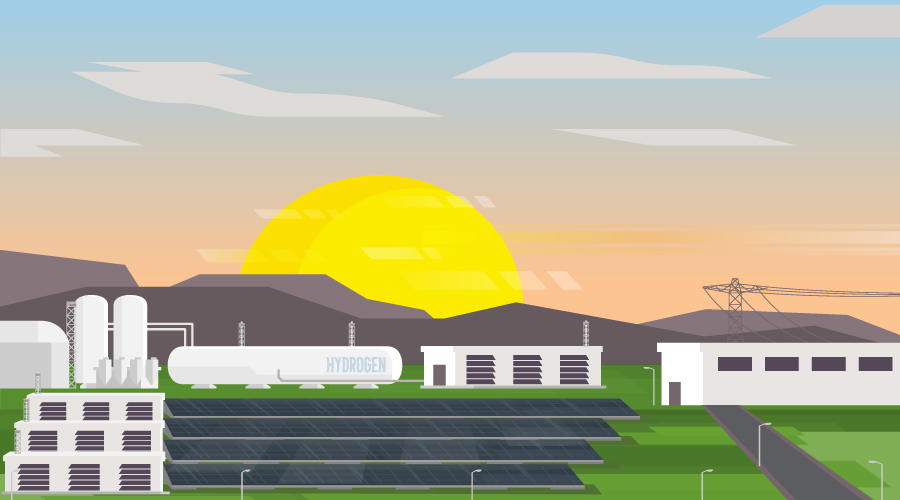Demand Response: No Cost Way To Reduce Energy Bills
What are the best current opportunities for facility managers to take advantage of demand response?
Demand response is an excellent opportunity for facility managers to reduce their electricity bill with no capital investment. This new pay-for-performance relationship with the electric utility involves reducing your electrical demand (kw) load at the time that helps the electric utility. If it is a 100 percent day, the electric utility’s load will be record levels, requiring: A. all its generating units to be working; B. all of its transmission and distribution lines being taxed; C. trying to avoid brownouts or rolling blackouts; and D. the wholesale price of purchase power temporarily skyrockets. Electric utilities will pay you to use less of the only thing they sell for a few hours or days once or twice per year.
You can reduce your building load by starting your backup generator, turning off low priority equipment and changing the cooling set point of the building or the chiller supply water temperature. The electric utility should be willing to pay you multiples of the retail price of electricity during the special load curtailment periods. If you pay $0.10/kwh, the electric utility might pay you $0.30/kwh or more to reduce your electrical load. Most of these demand response (DR) deals are done through a third party consultant, who aggregates the load curtailment of hundreds of buildings and then offers this load to the utility company. The demand response provider is paid by taking a percentage of what your building earns, e.g., 15 percent.
Responses provided by Richard Lubinski, president, Think Energy Management LLC.
Related Topics:















